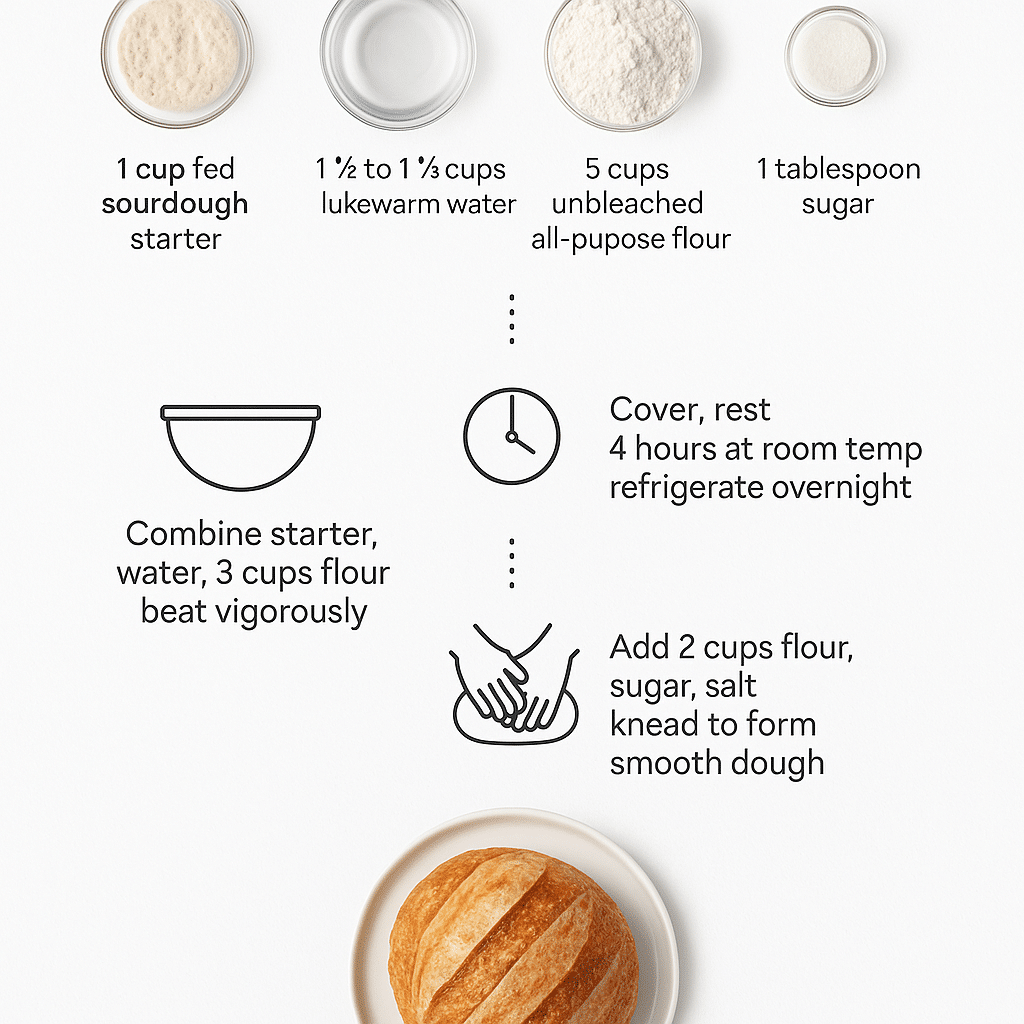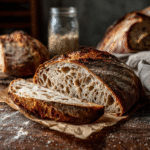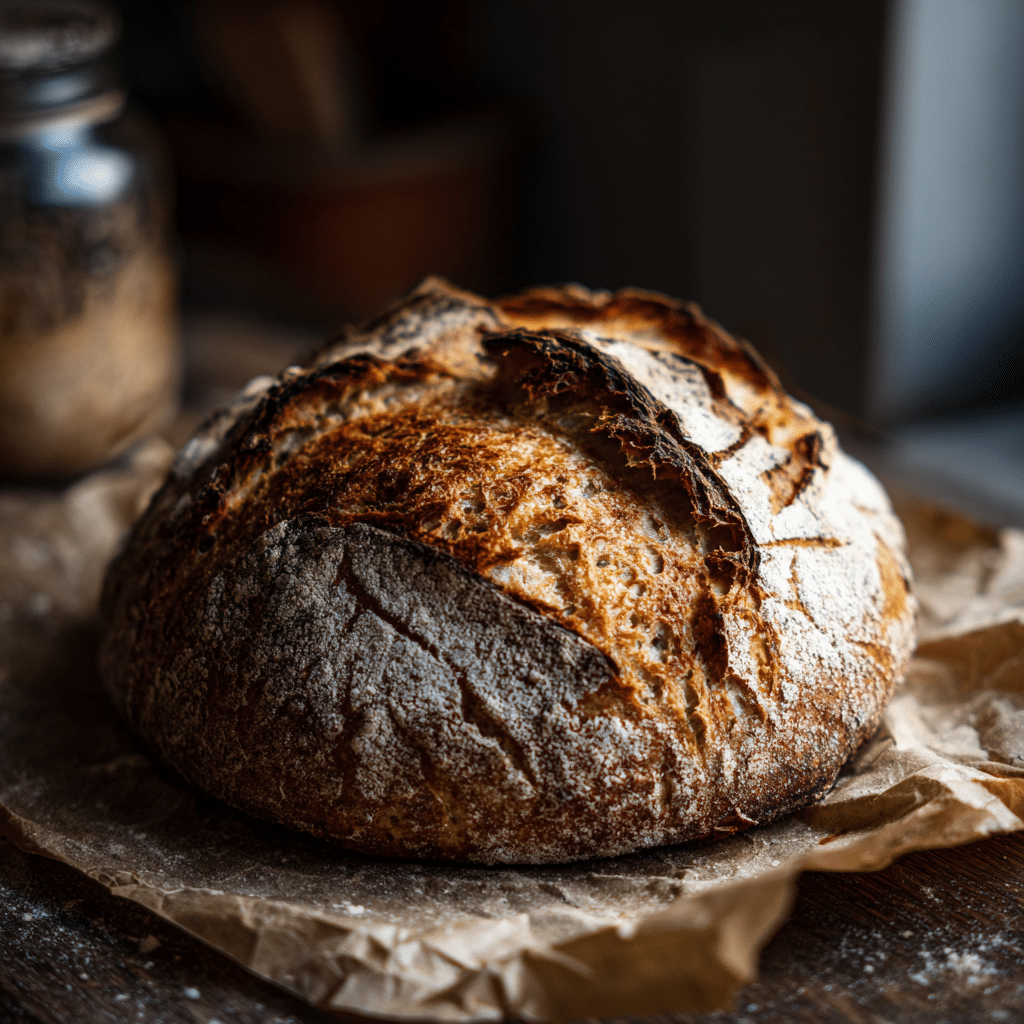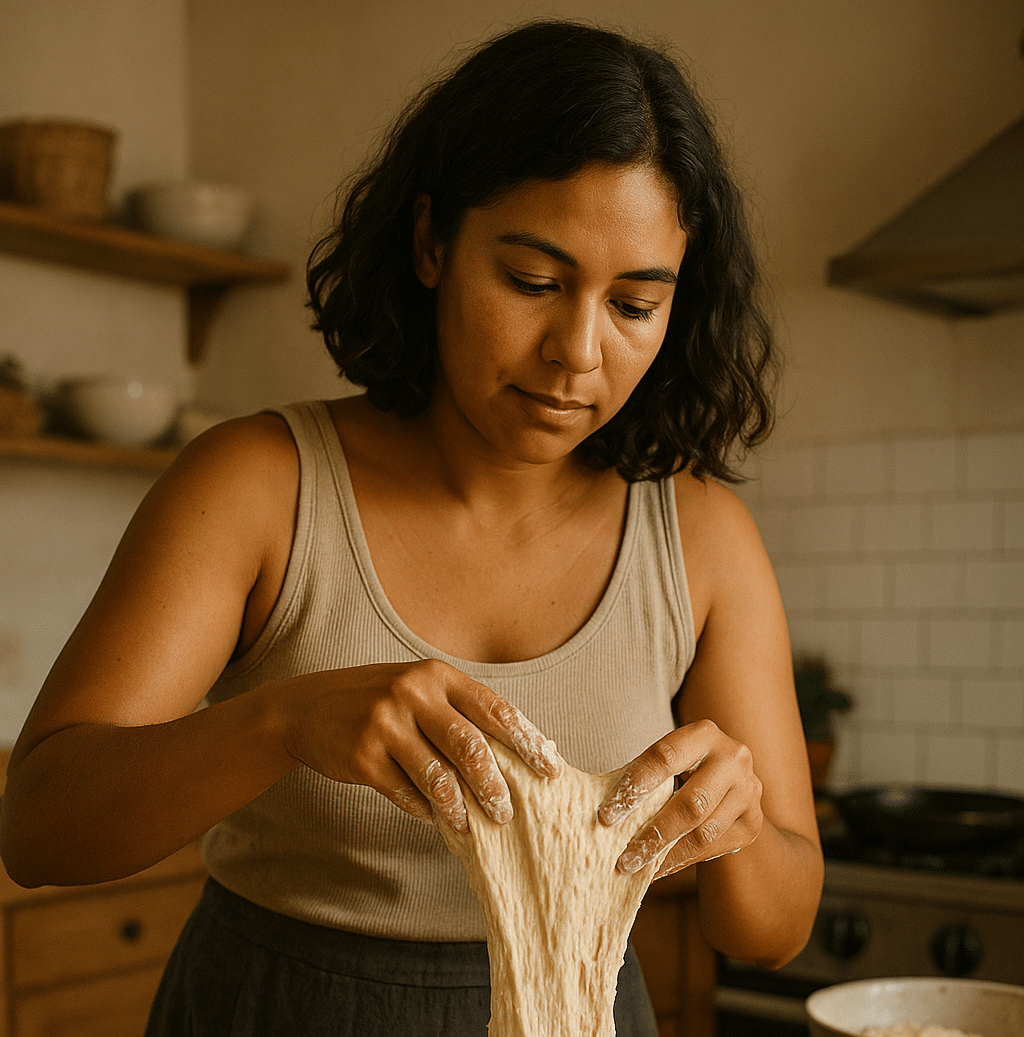If you’ve ever stared at a jar of bubbly flour and water, wondering if your zourdough sourdough is alive, you’re not alone. This guide will take you step-by-step through what makes zourdough sourdough unique, how to build a resilient starter, and how to craft a loaf that sings when it cools. Whether you’ve failed before or just crave a crackling, tangy crust, this article will ground you in a realistic, warm approach to sourdough without the overwhelm. By the end, your zourdough sourdough won’t just rise; it will become a practice you love.
Table of Contents
My zourdough sourdough journey

A jar, a leap, and wild bubbles
My sourdough journey didn’t begin with perfection. It started with a jar, flour, water, and hope. I’d peek into it each morning, excited when bubbles danced on top. It felt like a quiet rebellion against rush, a promise that something patient and alive was growing in my kitchen. You don’t need expensive tools to begin. You need flour, water, and curiosity. If your starter looks odd, you’re not alone—many new bakers worry about health and mold. Before you toss it, check these mold signs and fixes.
Why homemade sourdough is worth the wait
People often ask if making your own sourdough is worth the time. Every time a loaf crackles as it cools, the answer is yes. It’s about more than bread; it’s about creating something nourishing with your hands. It’s about the smell of warm bread filling your home and the joy of sharing thick slices with butter. As you learn, find fun ways to use your discard, like these sourdough discard cinnamon roll bites, so nothing goes to waste while you build your confidence.
Building your zourdough sourdough starter
Feeding your zourdough sourdough starter with confidence
A thriving zourdough sourdough starter is your baking foundation, and it’s easier than many think. Each feeding is a chance to learn: you discard, feed, and watch life bubble back with energy. If your starter feels sluggish, remember that temperature, flour type, and consistency matter more than perfection. Keep your starter in a warm spot and watch for doming and bubbles, which signal readiness. A lively starter creates loaves with great rise and tang.
Bakers often wonder how to avoid waste while maintaining a healthy starter. Instead of tossing discard, turn it into delicious treats like sourdough discard pizza dough, turning maintenance into a tasty practice. This keeps your zourdough sourdough practice joyful while building your baking skills without feeling wasteful.
Troubleshooting: when your zourdough sourdough feels stuck
Print
Zourdough Sourdough: The Ultimate Guide to Real Sourdough
Description
A cozy, reliable sourdough recipe for beginners and enthusiasts seeking crackling crust and airy crumb at home.
Ingredients
500g bread flour
350g water
100g active sourdough starter
10g salt
Instructions
1. Mix flour and water, rest 30 min (autolyse).
2. Add starter, mix until combined.
3. Add salt, mix until incorporated.
4. Bulk ferment with 4 stretch and folds over 4 hours.
5. Shape dough and place in a floured banneton.
6. Proof in fridge overnight (12–14 hours).
7. Preheat oven to 475°F with Dutch oven inside.
8. Score the loaf, bake covered 20 min, uncovered 20–25 min.
9. Cool completely before slicing.
Notes
You can add seeds or whole grains for variety.
Use rice flour in your banneton to prevent sticking.
Monitor dough temperature for consistent results.
There will be days when your zourdough sourdough starter seems slow or develops a strange smell. Don’t panic. Often, it’s simply needing a feeding or a warmer spot. If your starter smells fruity or tangy, it’s usually healthy. However, if you see pink or fuzzy mold, it’s time to restart.
Choosing the right flour can help revive your starter and improve consistency. Whole grains often boost activity, while consistency in feeding schedules helps you avoid confusion. If you’re looking to explore different flour options, try a multigrain sourdough recipe once your starter is strong to build confidence in your zourdough sourdough journey.
Remember, your starter teaches you to slow down, observe, and adapt. It’s part of why making zourdough sourdough becomes a grounding ritual in a fast-paced world.
Your first successful bake
Shaping your dough with confidence
Once your starter is lively, it’s time to shape your dough into a loaf you’ll be proud to share. Shaping helps develop tension on the surface, allowing the loaf to hold its form and rise well in the oven. Use gentle but intentional movements, tucking and pulling the dough toward you to create a smooth, tight surface. Don’t worry if it feels awkward at first; shaping becomes intuitive with practice.
If you need inspiration, check out our sourdough ciabatta guide for a bake that focuses on open crumb and airy texture. You can also try shaping a rustic round to build your confidence before moving to more advanced styles.
Scoring, steam, and baking for a perfect crust
Scoring your loaf is more than aesthetics; it guides how your bread expands in the oven. A sharp blade and confident cuts allow steam to escape while controlling the direction of your loaf’s rise. This prevents random bursting and creates those signature sourdough ears.
Steam is essential in the early bake, helping the loaf expand fully before the crust sets. Using a Dutch oven is one of the easiest ways to create the steam environment needed for that crackling crust. If you want to experiment with flour types for flavor and texture, our spelt sourdough recipe is a rewarding option for your next bake.
Patience after baking is key. Let your loaf cool completely before slicing to allow the crumb to set. This final wait is a small but important step that transforms your bread from good to exceptional, ensuring your homemade sourdough becomes a practice you’ll love to repeat.
Health, myths, and history
Is sourdough really healthier?
Many wonder if sourdough is healthier than store-bought bread. The slow fermentation in sourdough helps break down gluten and phytic acid, making nutrients more accessible and easier to digest for many people. It also creates a richer flavor that feels satisfying even in smaller slices, supporting mindful eating. If you’re interested in variety, try using your discard in recipes like these carrot cake scones for a treat that feels indulgent without waste.
Whole grain flours increase fiber and nutrient content in your loaves. You don’t need to bake daily to enjoy these benefits—freezing slices keeps your sourdough fresh for longer while maintaining its flavor. Curious about skipping the starter but still want homemade bread? This no starter sourdough recipe is a flexible option when your starter needs a rest.
The timeless story of sourdough starters
Sourdough has a long, global history, with starters passed down through families for decades. Some of the oldest known starters are over 150 years old, still active and creating beautiful loaves today. Maintaining a starter isn’t just about bread; it’s about connection to a tradition of slow, intentional living.
Your own jar of starter might not be centuries old, but every time you feed it, you’re adding to its story. Whether you bake weekly or only when time allows, the practice of caring for a living culture connects you to bakers around the world and across generations, reminding you that good bread takes time—and that’s a good thing.

FAQs
What is the biggest mistake you can make with your sourdough starter?
The biggest mistake is inconsistent feeding or neglecting your starter’s environment. Starters thrive on routine and warmth. Avoid forgetting feedings, using bleached flour, or leaving it in cold spots for too long.
What’s the healthiest sourdough to eat?
Whole grain sourdough made with a long fermentation time is often considered the healthiest, as it contains more fiber and nutrients while aiding digestion.
Is Panera sourdough actually sourdough?
Panera’s “sourdough” uses a sour starter for flavor, but it may not follow the long fermentation process traditional sourdough does, which can affect its structure and health benefits.
What is the oldest sourdough starter still alive?
One of the oldest known starters is over 150 years old, maintained by generations of bakers and still active today, showing the resilience and legacy of true sourdough cultures.
For more sourdough recipes follow me on Pinterest
Conclusion
Making your own sourdough isn’t just about bread; it’s about slowing down, connecting with something living, and finding joy in the simple rhythm of feeding and baking. Every loaf tells a story, every starter carries its own character, and each bake brings lessons you’ll carry forward. Whether you’re enjoying your first airy crumb or savoring thick slices with butter, your homemade sourdough practice becomes a grounding, nourishing ritual. Take your time, enjoy the process, and let your kitchen fill with the comforting scent of bread that you made with your own hands.


